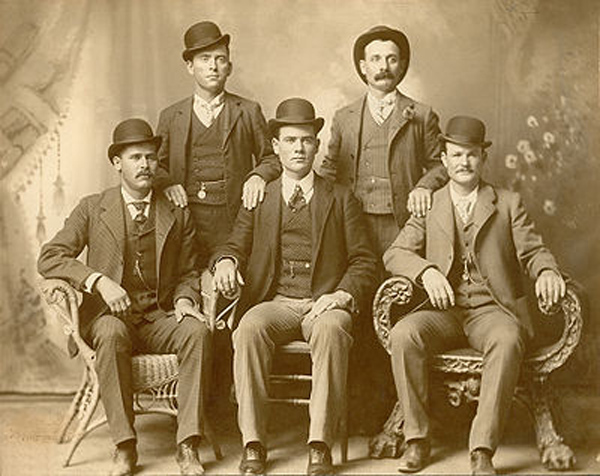
Why do people rob banks? That’s where the money is.
Why should churches use social media? That’s where the people are.
The web is the most powerful medium the Church does not use.
The web is no longer new. It’s been part of our lives for 20 years. With each passing year it is more integral to our society and lifestyle. And still a good number of churches have NO web site—not even a billboard presence.
The majority of churches WITH web sites don’t use them for anything but posting the most basic parish information. They are narcissistic. “We’re great! Come to us!”
It is not unusual to hear older people argue, “I don’t do computers. I’m not going to learn. I don’t want to spend the money.” It is often followed with, “Do you mind looking this up for me?”
Apologizing for not using computers is like explaining that you don’t brush your teeth.
There is no excuse.
Any arguments will fall on modern ears like this:
You don’t have a web site. That means you aren’t serious about your mission. Why should anyone take a second look at your ministry?
The web is how you reach people in today’s world. It may be the only hope for smaller congregations. Done correctly, it’s not a “Hail Mary” by any means. Done correctly it can be the catalyst of a whole new ministry. There are some basic questions to ask before you commit to a web presence or revise the site you now have.
- Who do you hope to reach? If you are hoping to communicate only with members, you are wasting your time. You have the ability to reach thousands of people you never thought might find their way to your pages, but who do you see as your audience?
- How are you going to announce your presence and spread the word? Turn to your members—especially your younger members. You will need them. (Knowing they are important to mission beyond their pocketbooks will boost morale.)
- How are you going to respond to your online community?
- What will appeal to your prospective readers visually and content-wise? Looks matter on the web. If your site is crafted in awkward HTML , it broadcasts that you are not serious or knowledgable. This does not mean you need tons of training or that you need to hire an intermediary. It is VERY possible to look very professional with only a day’s experience.
- What do you expect visitors to get out of your site? Do you expect them to take any action? You have to ask them!
- How do you want them to feel when they leave?
If your web site is nothing more than a list of worship opportunities and a list of staff these are not concerns for you. But if this is the type of site you have today, you are squandering a valuable resource.
Here’s our experience. Keep in mind as you read this that our regional body considered our ministry dead. We had no professional support and dealt daily with hierarchical hostility. All our property and monetary assets had been seized. Any church reading this is going to be in a stronger position than we were in!
Redeemer’s Social Media Ongoing Adventure-2×2
2×2 started this experimental site in February 2011—about a year after our regional body took our property and locked our members out. The Holy Spirit knows its way around locks!
Our property had already been empty for 16 months. We had been meeting in members’ homes, which was frustrating because we felt isolated and unable to serve as we had been. (Isolating us was part of the power game.)
We had a pretty comprehensive mission plan before all this happened. We revised it.
We no longer had a physical site we could invite people to visit, so we made the web site as welcoming as possible.
We built on our strengths. Redeemer worship was very inclusive and somewhat innovative. We had minimal pastoral presence for decades and had learned to do many things as lay workers. We expanded on this experience, drafting ideas for small church worship.
- We began offering the same types of resources we shared weekly in our worship. Art. Music. Poetry. Plays. Worship ideas.
- Since we were exploring Social Media, we reported regularly on our Social Media experiment and sharing what we learned.
- As a congregation of immigrants (both historically and recently) we explored multicultural ministry.
Redeemer was always a small neighborhood church. We had no illusions of ever being a large congregation. 2×2 has changed our vision. We now have about 1000 readers a week. We have formed mission partnerships all over the world. We have gained authority in the areas we addressed. We lead search engine traffic in many of them.
Embrace Serendipity
If you implement this type of ministry, it will take you to places you never expected. You cannot control who reads you, likes you, or friends you on the web. You can prompt them to share, but you can’t make them!
You can control how you react. It will reshape your ministry. You may find that you didn’t just add a new feature to your existing ministry. You may be changing the whole way you approach ministry, allocate funds, and how people work together.
Enjoy the ride.
Click to tweet.




